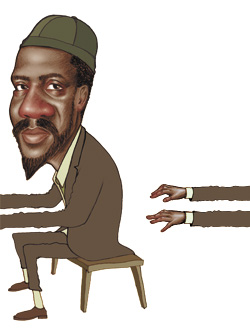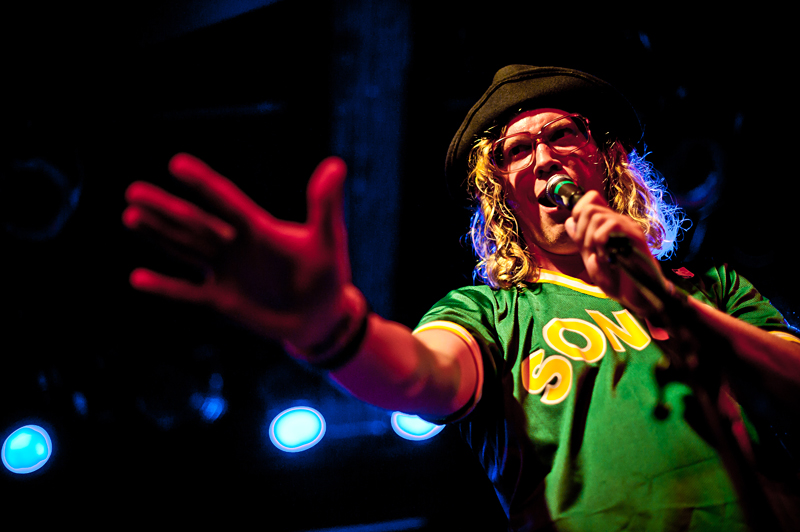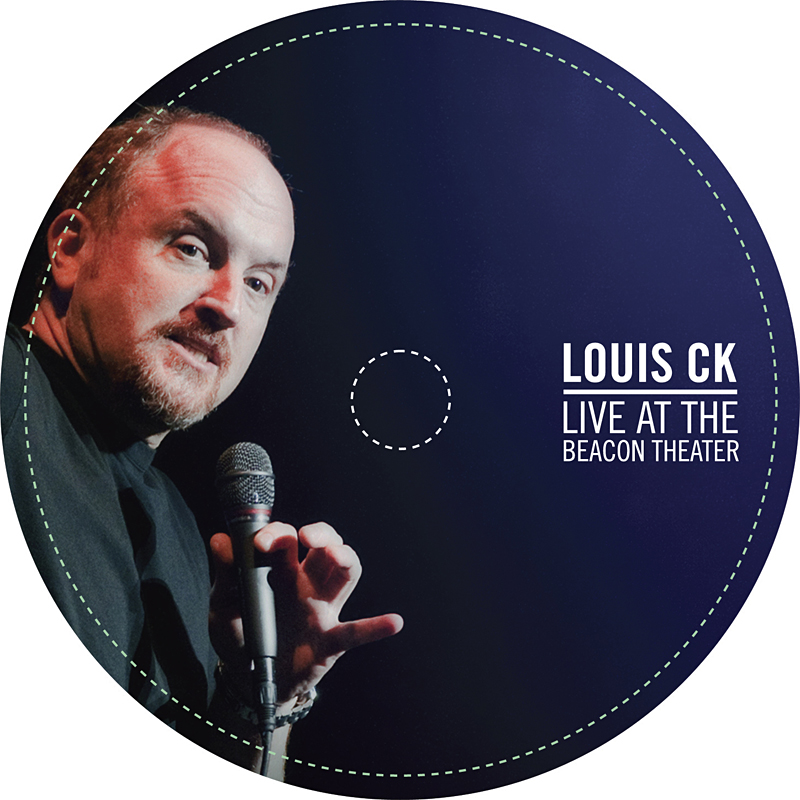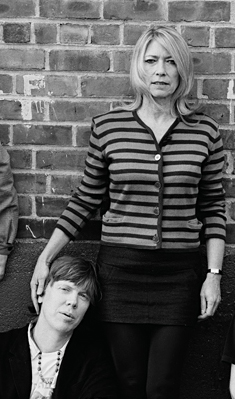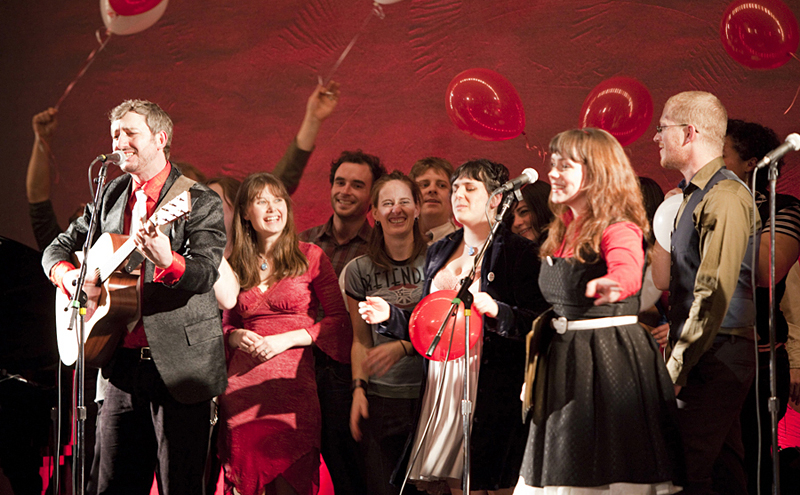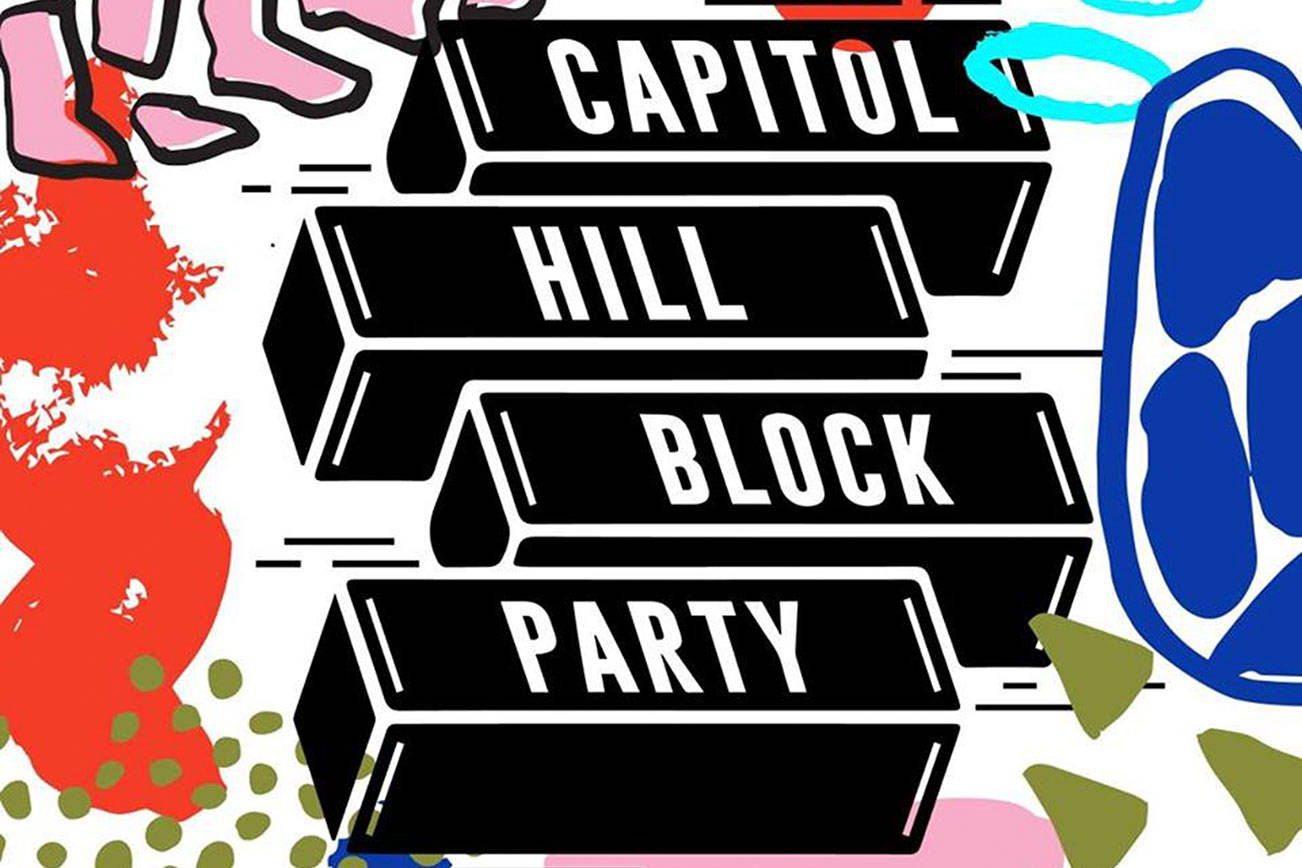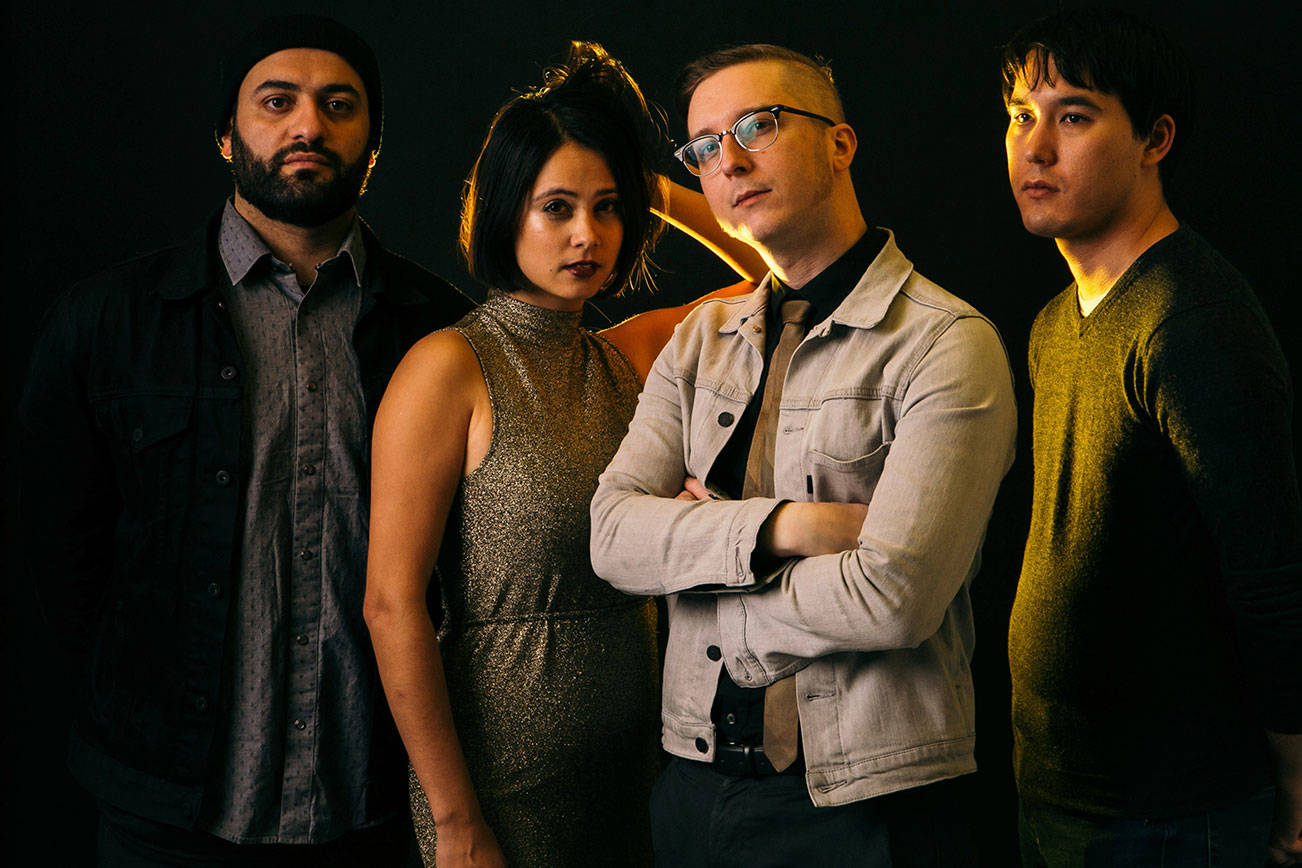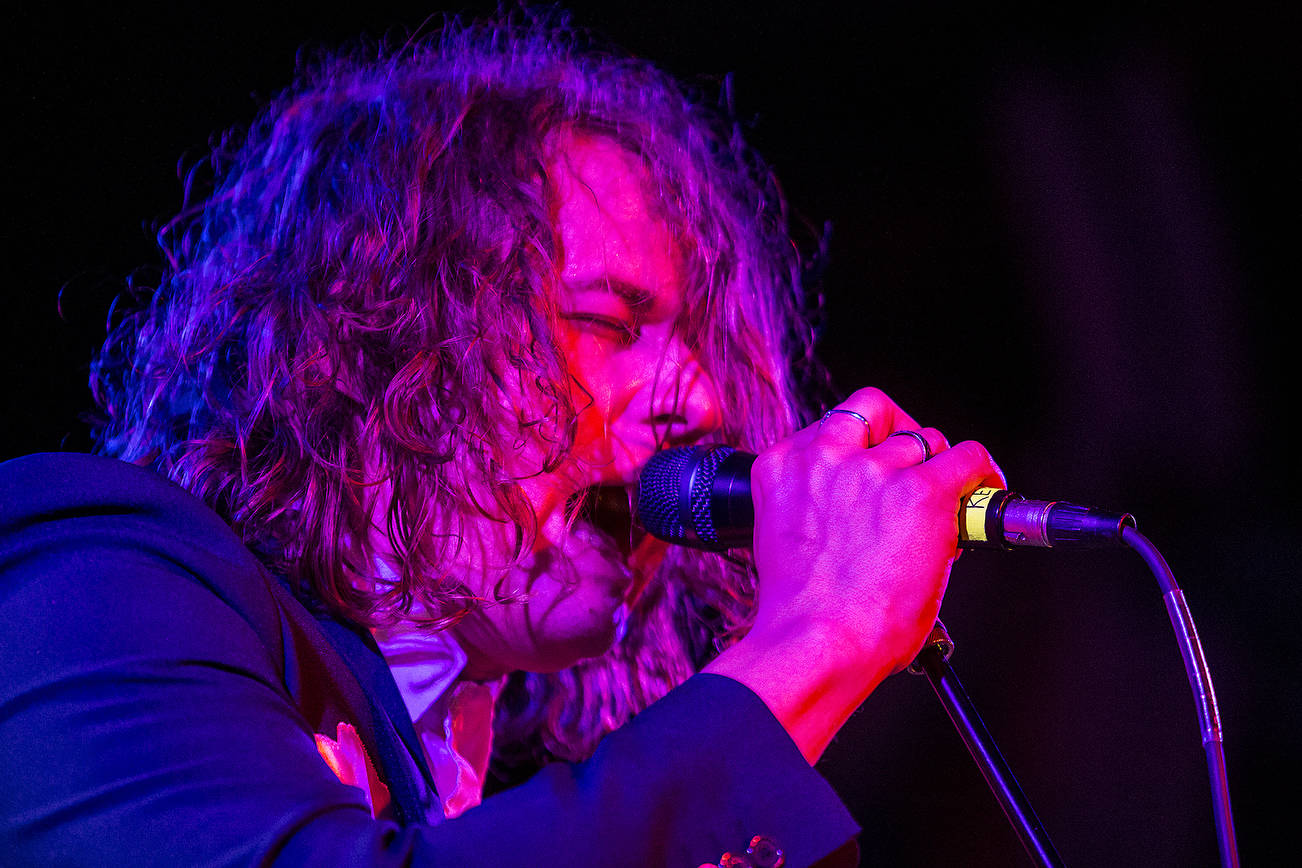Alone in San Francisco is the name of Thelonious Monk’s 1959 solo piano album. But the word “alone” could aptly capture the essence of any Monk performance, whether he was truly playing solo or accompanied by the likes of Max Roach, Sonny Rollins, or John Coltrane.
On one of Monk’s earliest trio recordings, “Little Rootie Tootie,” he opened the song with ham-fisted pounding. Bomp-bomp-bomp—he slammed his big fingers down on the keyboard, before bassist Gary Mapp and drummer Art Blakey entered the fray. The song that followed was the jazz equivalent of Tourette’s. Monk flopped back and forth between jumpy bebop piano and the same bomp-bomp-bomp attack that kicked the number off. All along, Mapp and Blakey just keep it rolling, providing a rock-solid foundation for Monk’s spasmodic brilliance.
John Coltrane, one of Monk’s accompanists in 1957, once quipped that if he didn’t pay close attention when playing with Monk, he’d get so lost he’d never find his way back. That was Monk’s style: idiosyncratic, dissonant, and able to switch gears in the blink of an eye. Monk, it seemed, was a man who developed his own way of speaking through the piano.
While it’s true that the most important jazz musicians are the ones who create and play by their own set of rules, Monk’s were so unlike anyone else’s that those who didn’t appreciate his eccentricity judged him to be an inferior player. By the late 1940s, after he had served as Coleman Hawkins’ pianist, Monk had already established his style. He left wide-open gaps in his solos, which, this being the era of bebop, was not widely tolerated. The more progressive folks like Charlie Parker and Dizzy Gillespie found him interesting.
But his name, his inability to communicate with most human beings (with the exception of Coltrane), and the fact that he sounded nothing like jazz piano giant Bud Powell made him an outcast. Regardless, he didn’t change or even attempt to fit in; he just kept on playing and acting like a weirdo for the next 25 years.
People eventually caught on. Monk recorded with Alfred Lion of Blue Note between 1947 and 1952, and even played with Parker and Gillespie for a Verve recording. His greatness, however, wasn’t established until 1957, with his residency at the Five Spot, which featured Coltrane on tenor sax.
During those dates, the jazz world was finally in the mood for something unique, and Monk became a bona fide celebrity. He played with several outfits and orchestras, but even then his behavior was so unusual that audiences and sidemen weren’t sure how to process what he did. Often during solos, he would stand up from the piano and walk around the stage rhythmically, bobbing his head and mumbling to himself. He once told Blakey and Al McKibbon that he couldn’t talk to them because they were ugly. Miles Davis couldn’t improvise over the top of Monk’s playing, so Davis fired him.
By 1973, Monk had disappeared, supposedly shuttling in and out of hospitals. His poor mental health had affected his physical health, and he spent his last years in the care of Baroness Nica de Koenigswarter, who tended to saxophonist Charlie Parker in his twilight.
Listening to Alone in San Francisco, it’s obvious that Monk would be a tough musician to play with. He twists melodies, stops playing, mumbles to himself, and trails off on long, melodic tangents. He plays like a blindfolded man feeling his way through a maze.
Yet not a single note sounds misplaced. In the 1989 Monk documentary, Straight, No Chaser (produced by Clint Eastwood), footage abounds of Monk standing in airports, walking in circles and bobbing his head to a beat only he can hear. His son, T.S. Monk, says that his father was frequently hospitalized for an unspecified mental illness from the late ’60s on. From the looks and sounds of Monk, schizophrenia would be the most reasonable explanation.
But others have suggested it was a pathological introversion. On his group efforts, you can hear an urgency and tension in Monk’s music. It’s not like Davis, who looms over his quintet like a damned fascist. Rather, Monk sounds a little stiff, like an only child trying extra hard to play nice with others.
On Alone in San Francisco, however, he sounds at home: relaxed, contemplative, allowed to do whatever he wants—splendid isolation, if you will. If anything, Monk’s performances make it seem like he was never happy unless he was by himself.
